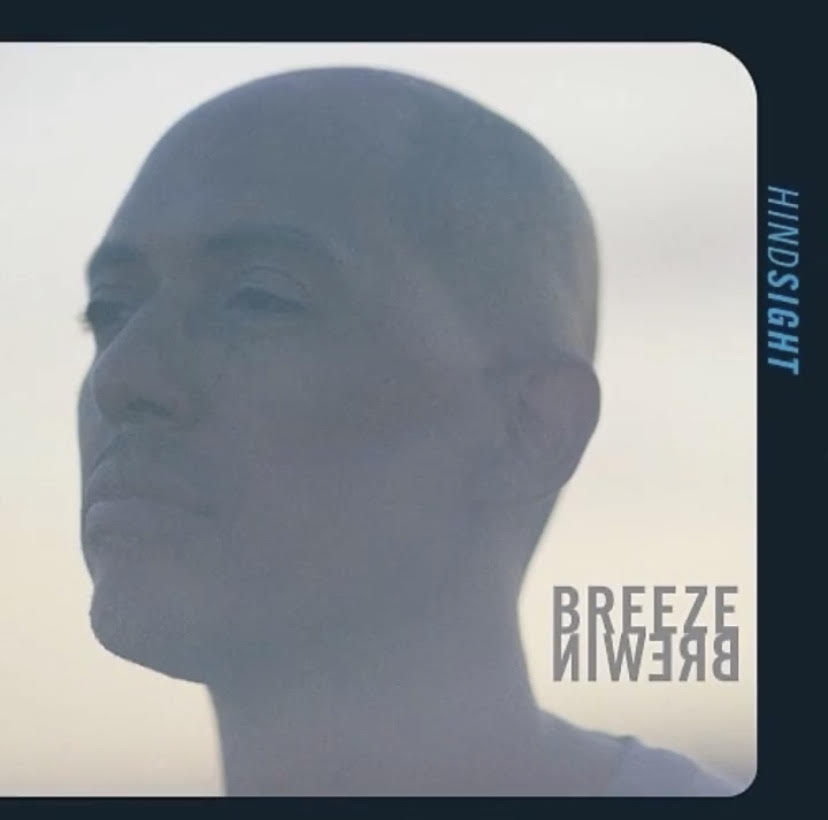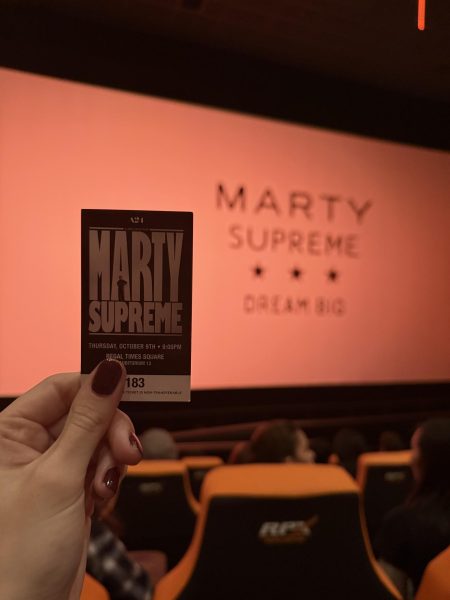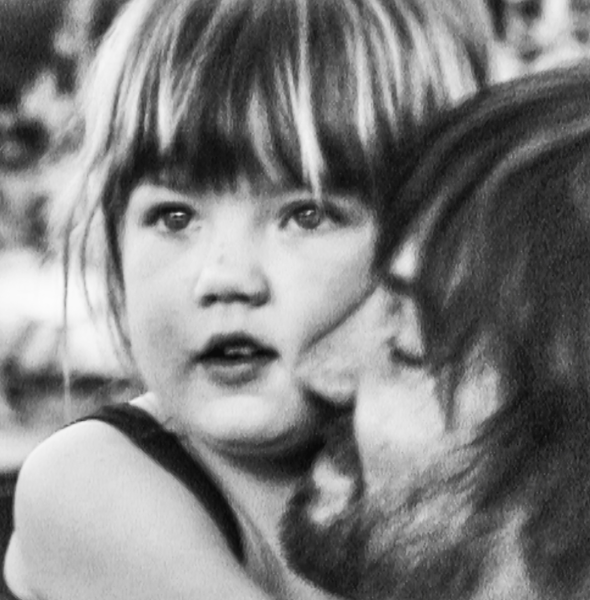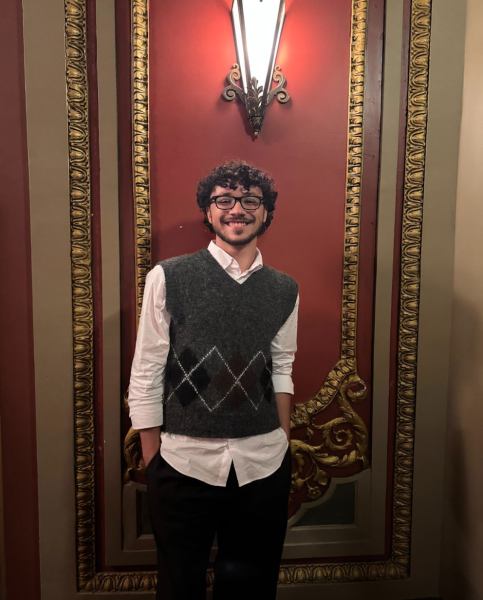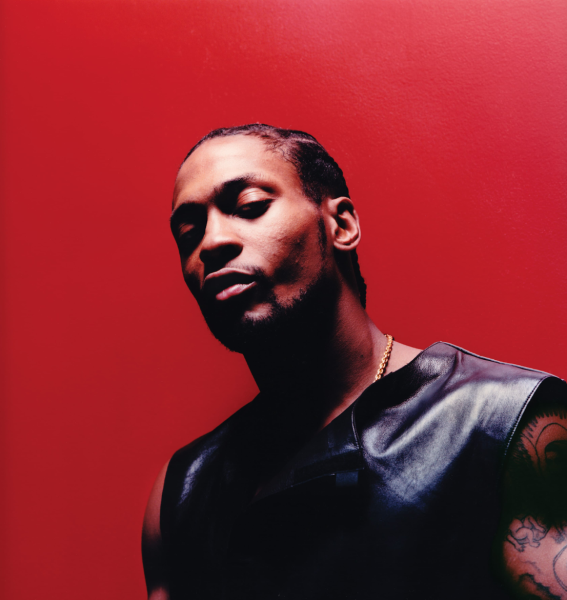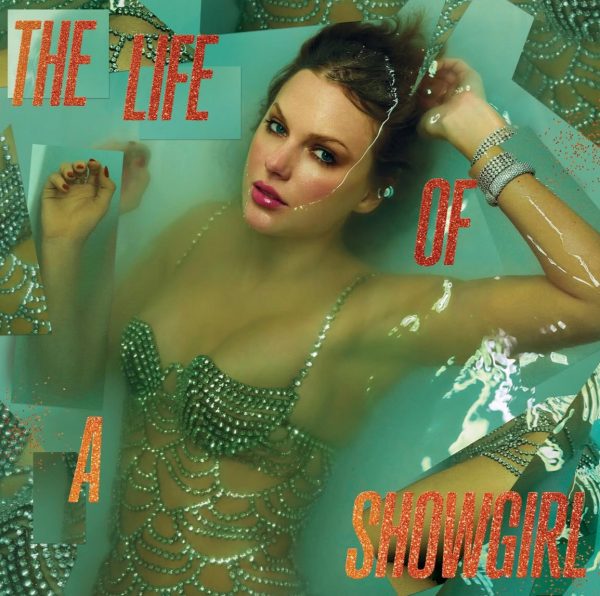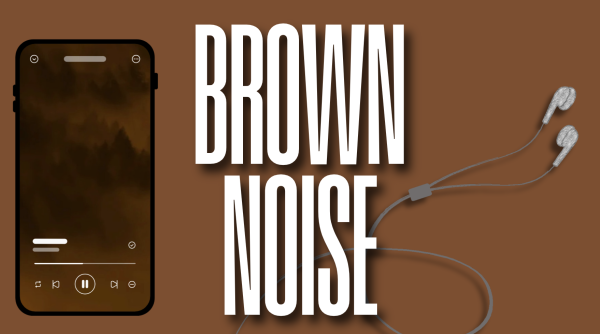A Conversation with Bronx MC Breeze Brewin
It is said that on Aug. 11, 1973, hip-hop was born at a Sedgwick Avenue birthday party in the heart of the South Bronx. Although this tale of DJ Kool Herc’s first freestyle is now considered an anecdotal urban legend, the origins of rap undoubtedly have strong roots in the South Bronx, where early acts such as DJ Afrika Bambaattaa and Grandmaster Flash got their starts. The sampling and remixing of old soul, funk and disco laid the groundwork for a new genre built around the relationship between a DJ — who could splice records into separate rhythms — and an emcee who could move the crowd like never before.
Now, nearing 50 years of hip hop history, the connection between DJ and emcee has dissipated, with many rappers replacing classic rhythm and flow for melodic, pop-infused records in a more diversified genre. The origins of the Bronx are no longer evident in most East Coast records. But New York native Breeze Brewin, born Paul Smith, a former member of the Juggaknots, encapsulates the spirit of hip-hop’s predecessors through re-establishing a classic sound. Last week, I talked with the emcee about releasing his first solo album, “Hindsight.”
The Bronx’s cultural relevance serves as inspiration for Smith’s latest project, coming nearly 25 years after his collaborative work on “Clear Blue Skies” by the Juggaknots, a group composed of his two siblings Buddy Slim and Queen Herawin. The vinyl-only release featured the hit track of the same name, where he and his brother play father and son roles to portray racism in the Bronx before the second white flight. “I heard that you was hand-in-hand, Walking down the boulevard, middle of the day, With this Black chick / Tell me the truth, boy, or you can catch this slap quick” his brother raps on the opening verse, followed by Breeze’s response, “You’re ranting and raving, Behaving like a mad dog with rabies, Because my baby’s not white; that ain’t right / Pops, you got me puzzled, Because in the past with Black folks you never struggled.” The generational divide exemplified in the song was consistent throughout their neighborhood. Breeze described a story about staying at a white friend’s house in Wakefield where his mom questioned why her son only dated Black and Puerto Rican girls. “I don’t think she was trying to be offensive,” Smith said, “but you know, it came out. It came off a little bit offensive, and it stuck with me.” The song’s contradistinction and diverse relatability allowed Breeze to briefly break-throughout while in college on Long Island before pursuing a career in teaching.
A true divergent passion presides in Breeze Brewin’s music, reminiscent of the great Bronx DJs, break-dancers and emcees that founded hip-hop. This distinct, culturally-rich form of Black artistic expression was an unavoidable natural element to Smith’s neighborhood, a prime factor in forming who he is today. Smith brings the old school to 2021. The track “Bumpy Johnson” blends up-tempo production with old-school flow, “Keep it Up” sounds vintage and “King Oxymoron” features an impeccable trip through creative wordplay and complex rhythm. Each song coalesces together into a concise project. However, “Taking Notes” stands alone from the rest for its empirical storytelling as Breeze describes his experience as a school teacher with touching sentiments and inimitable realism.
Now in his 18th year working in the Bronx, Smith also talked about the relationships he builds with his students and how music plays a fundamental role in their development both as scholars and as young adults. Putting his rap career on the backburner was necessary, so the 13 tracks of “Hindsight” were recorded over ten years with collaborators like Black Milk, Marco Polo and DJ Maceo of De La Soul. Despite the extensive distances between releases, Smith touched on his nonchalant approach, saying: “At some point, you just say hey, you know what? I think I’ll give us a shot. I’m not asking anybody. I don’t need a cosign. I don’t need approval. [It’s] just me in the world.”
The roles of race, perception and community are included on the album merging his life as a teacher and rapper. When asked what music he recommends to his current students, Smith rattled off a condensed list featuring J Dilla, Queen Latifah and many more musicians who have helped change music over the past 50 years. Undoubtedly, “Hindsight” incorporates these creatives in a celebration of the Bronx’s musical history created by one of the borough’s many talented artists.



































































































































































































